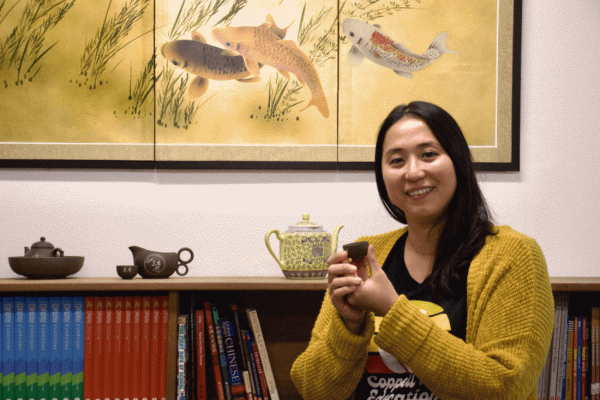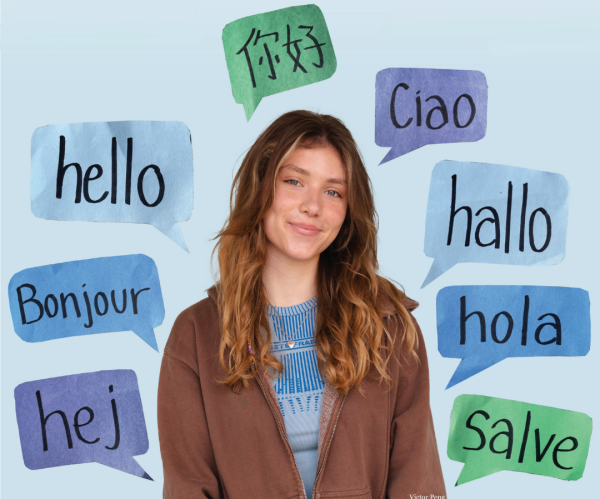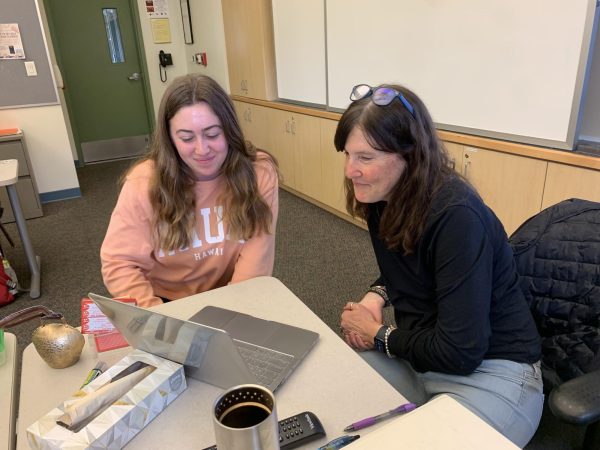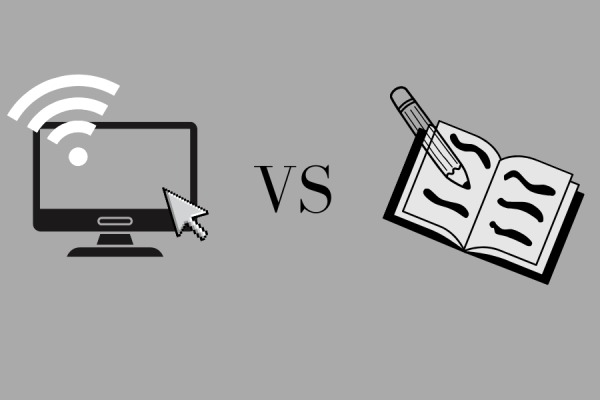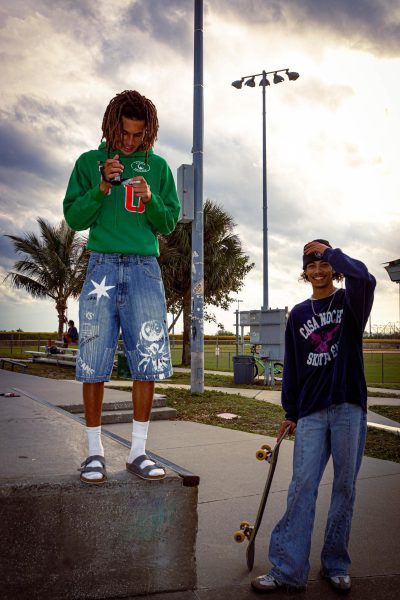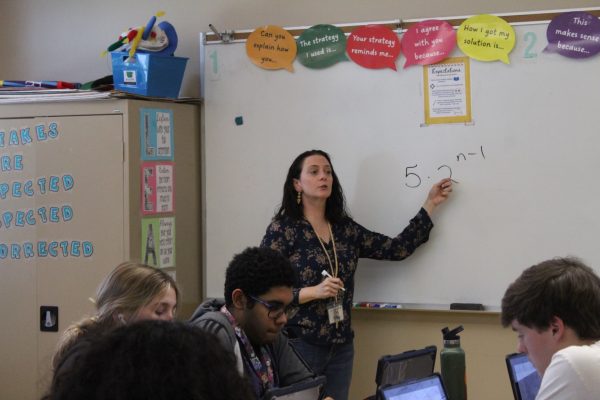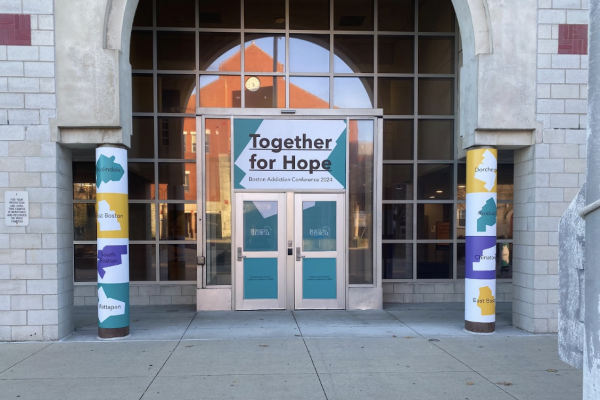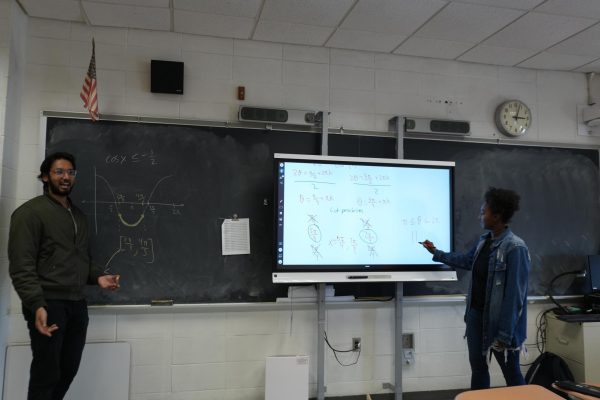Through the lenses of junior Humza Hanif: A summer of chronicling the Black Lives Matter protests
November 19, 2020
One Saturday morning during the summer, when protestors poured into the streets following waves and waves of other protests that rocked the nation junior Humza Hanif was inspired to capture this day to tell the story of the protestors, so that day, and their voices, would never be forgotten. Hanif needed to be captured every crack and crevice of this moment.
“While I was shooting I was like, you know, there’s definitely this idea of power, as the people like you have a voice and all the photos that I’ve taken there definitely represent that.”
Throughout the summer of 2020, 17-year-old Hanif chronicled the monumental Black Lives Matter Protest.
“I feel like later on, these will tell stories that people need to hear. “Those moments don’t always come through, so take advantage of them when they do come. You could feel there was this desire for change and justice for the people who had lost their lives to police brutality and those people were fed up,” Hanif said.
Hanif was around 8 years old when given a camera for the first time at his mother’s refugee health fair, where she works as a psychiatrist. Hanif’s motivation to capture powerful images stems from important messages he wants to convey through his work as a photographer.
“You develop these ideas in your head of what you want to emphasize in your photography when you take photos of something as important as are those messages”
As an artist, Hanif has to make the decision of what to capture, whether it will receive backlash or not, whether it is representative of s certain subject or moment. Hanif made the decision to include photos that he knew would receive backlash. He wanted to capture every part of the protest good and bad. Despite having their actions not representative of the movement, all the anger these people had pent up- even their voices had to be heard. Hanif’s goal as a photographer is to capture everyone’s voice.
“The second part of the protest photos that I took in Houston kind of fell through the cracks. I think there was more pent up anger that was released, and that was stimulated by some kids, jumping on a cop car, and beating the hell out of it, and it caught fire and people went crazy. Then the police started clashing with the people that are in the crowd. That was stimulated from some people who weren’t up to any good. But that’s not what was representative of the movement,” said Hanif.
When asked if he prefers black and white photos or color photos, Hanif opted for black and white photos to capture the protests. Hanif describes his usual work to be “sporadic,” but for the BLM images, it meant the message was stronger, so it needed a different approach. Using black and white photos allowed him to make the message clear that enough is enough.
“It takes out distractions from the photo. If it’s black and white, what you really really get from the image is the message. And that’s what I wanted to put an emphasis on,” Hanif said.
While each of these photos captured told a special story of real people with real experiences and emotions, Hanif still has a favorite.
“She’s kind of looking not really at the camera, but her hand is out. I don’t know, I love that photo so much. I think that’s one of my best photos to date. In her face, you can kind of see the anger and the sadness both kind of combined into one.”
To Hanif, a camera is not a toy to make profit, but a powerful tool to convey important messages.
“I see photography as this idea of self-expression, and if you turn that into a career, suddenly it’s no longer about expressing yourself, it’s about getting money and supporting yourself.”
Hanif has expressed that he will continue to use his power to capture important moments that mark turning points and the voices of people in our society.
“These people are there for a reason. They’re speaking because they have that right, and they want to express that what’s going on isn’t right. So, in that sense, I want to portray this idea that there’s power in your voice.”
This story was originally published on Upstream News on November 12, 2020.



























![IN THE SPOTLIGHT: Junior Zalie Mann performs “I Love to Cry at Weddings,” an ensemble piece from the fall musical Sweet Charity, to prospective students during the Fine Arts Showcase on Wednesday, Nov. 8. The showcase is a compilation of performances and demonstrations from each fine arts strand offered at McCallum. This show is put on so that prospective students can see if they are interested in joining an academy or major.
Sweet Charity originally ran the weekends of Sept. 28 and Oct. 8, but made a comeback for the Fine Arts Showcase.
“[Being at the front in the spotlight] is my favorite part of the whole dance, so I was super happy to be on stage performing and smiling at the audience,” Mann said.
Mann performed in both the musical theatre performance and dance excerpt “Ethereal,” a contemporary piece choreographed by the new dance director Terrance Carson, in the showcase. With also being a dance ambassador, Mann got to talk about what MAC dance is, her experience and answer any questions the aspiring arts majors and their parents may have.
Caption by Maya Tackett.](https://bestofsno.com/wp-content/uploads/2024/02/53321803427_47cd17fe70_o-1-1200x800.jpg)
![SPREADING THE JOY: Sophomore Chim Becker poses with sophomores Cozbi Sims and Lou Davidson while manning a table at the Hispanic Heritage treat day during lunch of Sept 28. Becker is a part of the students of color alliance, who put together the activity to raise money for their club.
“It [the stand] was really fun because McCallum has a lot of latino kids,” Becker said. “And I think it was nice that I could share the stuff that I usually just have at home with people who have never tried it before.”
Becker recognizes the importance of celebrating Hispanic heritage at Mac.
“I think its important to celebrate,” Becker said. “Because our culture is awesome and super cool, and everybody should be able to learn about other cultures of the world.”
Caption by JoJo Barnard.](https://bestofsno.com/wp-content/uploads/2024/01/53221601352_4127a81c41_o-1200x675.jpg)




